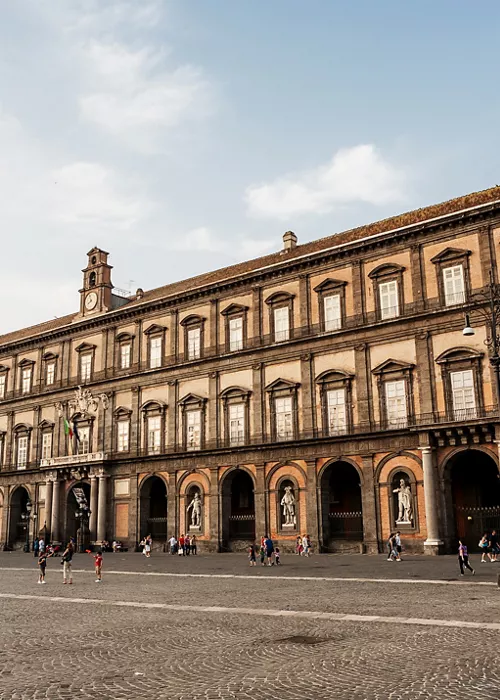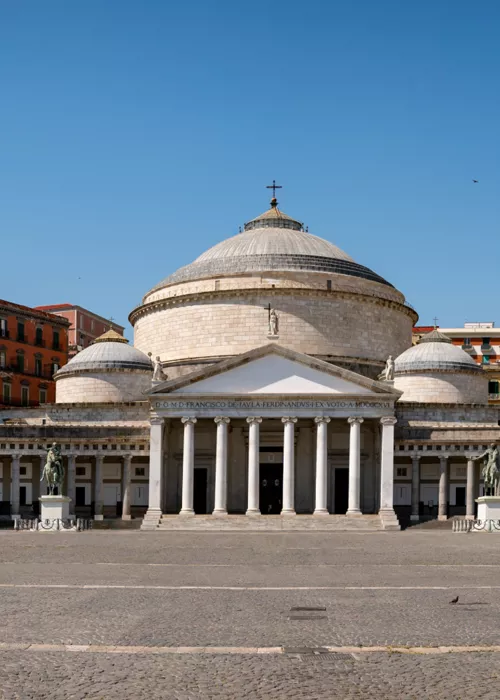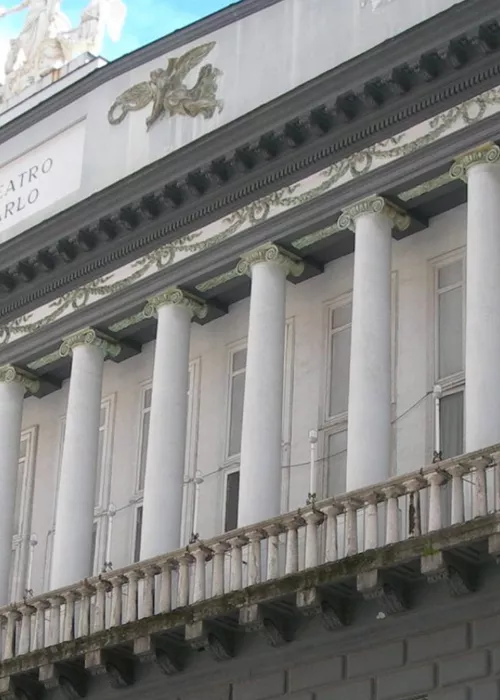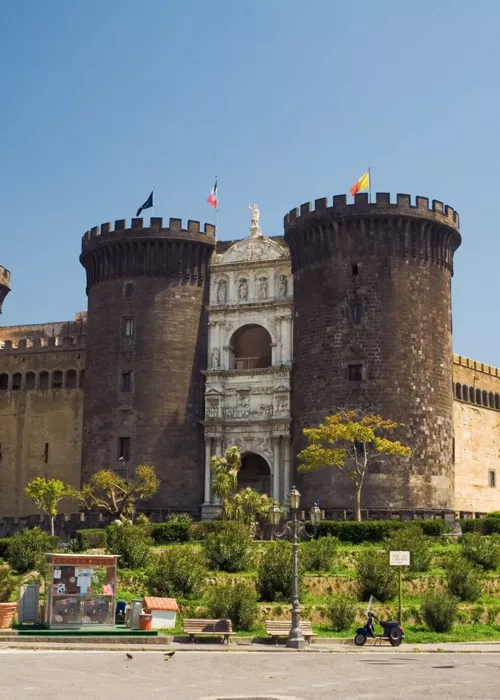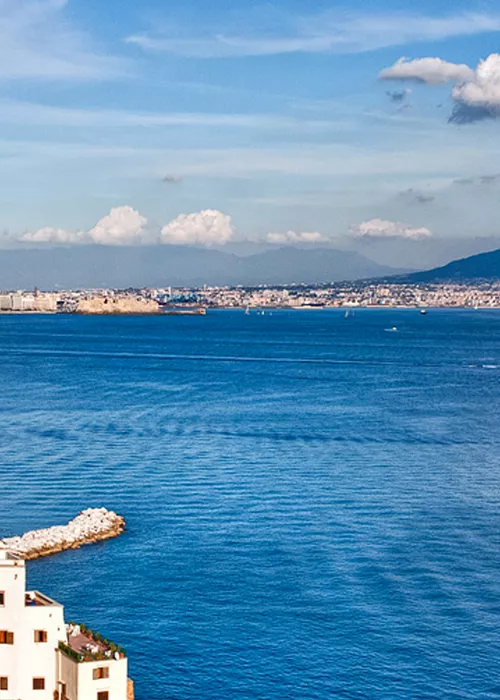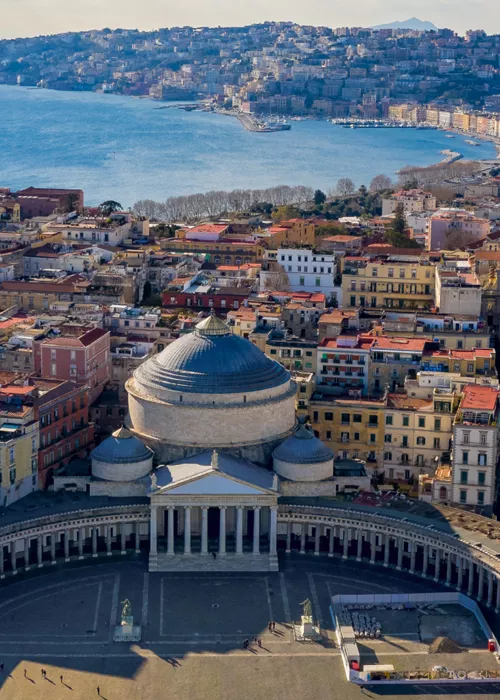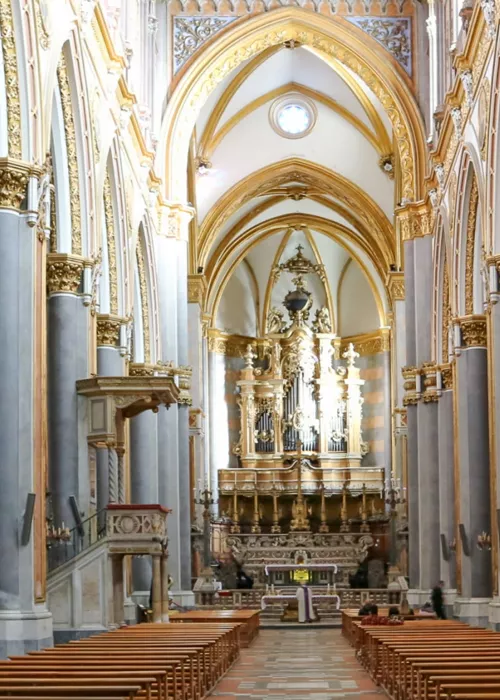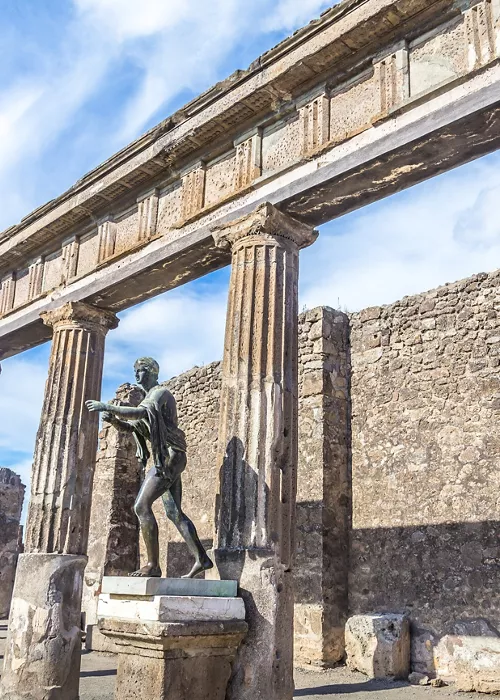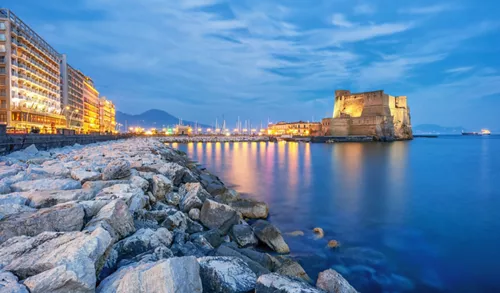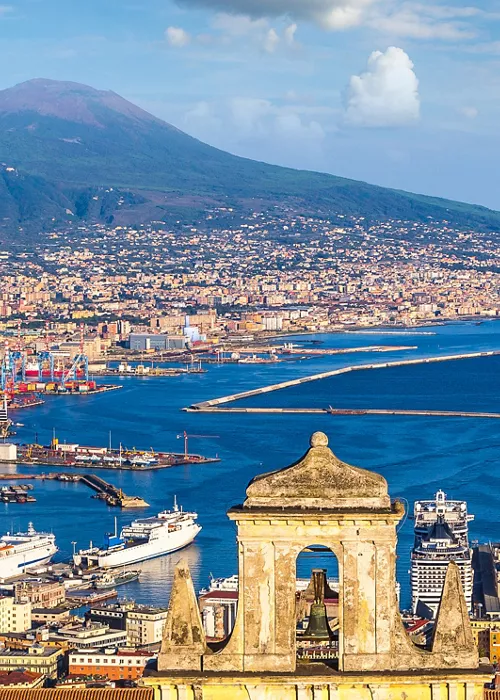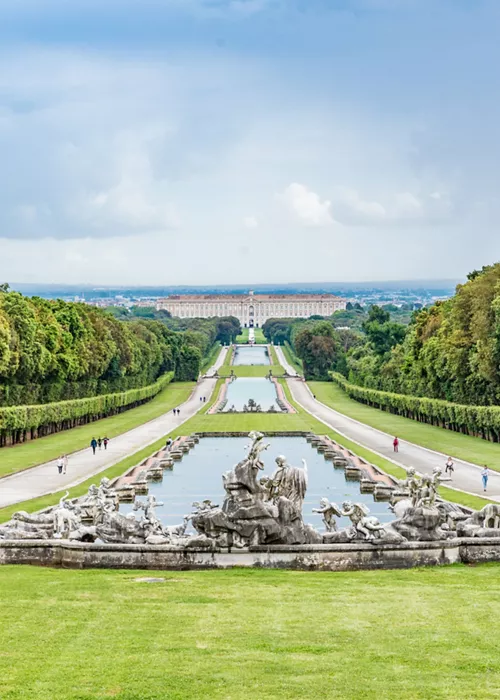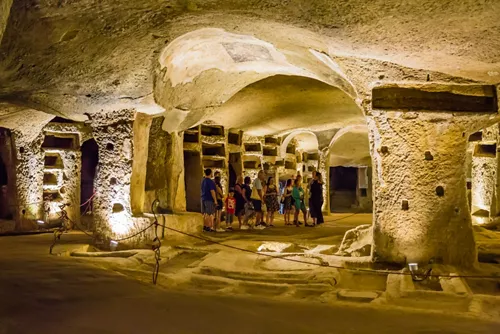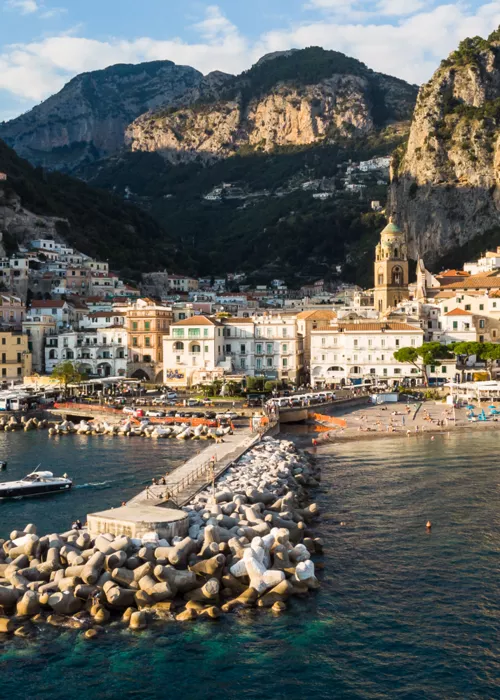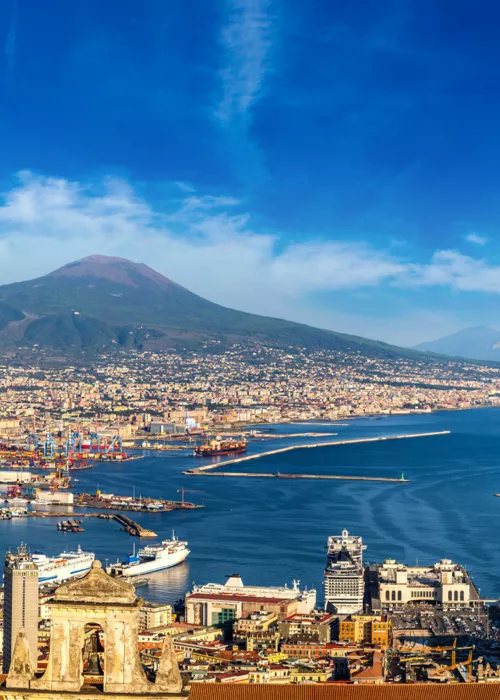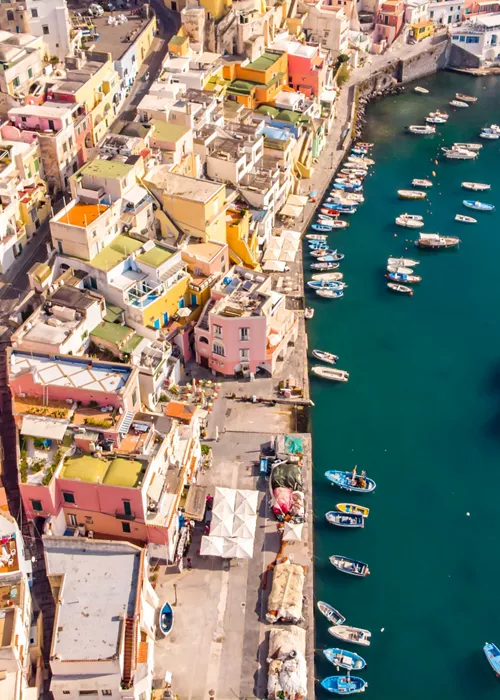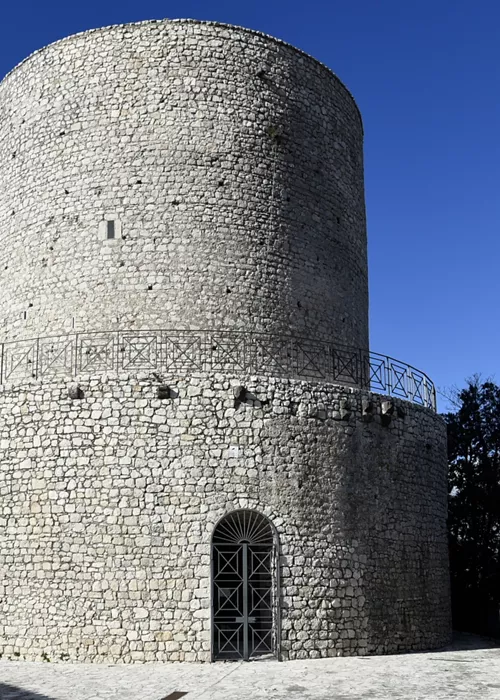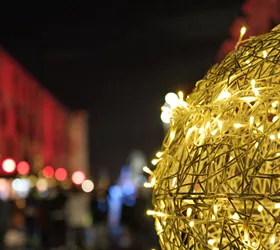The enchanting historic centre of Naples UNESCO World Heritage Site
4 minutes
The largest in Italy and one of the largest in Europe, it spans 17 kilometres between characteristic UNESCO World Heritage districts such as the elegant Via Chiaia area and the magnificent panoramas of the Vomero and Posillipo.
Every district of the historic centre of Naples has a unique soul, from the very central district of Montecalvario to that of San Giuseppe near the port of Naples, without forgetting the Avvocata district and the Pendino district, among the areas of Naples with the most churches.
Further north, but still within the Neapolitan historical centre, you can find the San Carlo all'Arena district with the royal residence of Capodimonte now home to a wonderful national art museum, one of the most important in southern Italy.
History and information on the historic centre of Naples
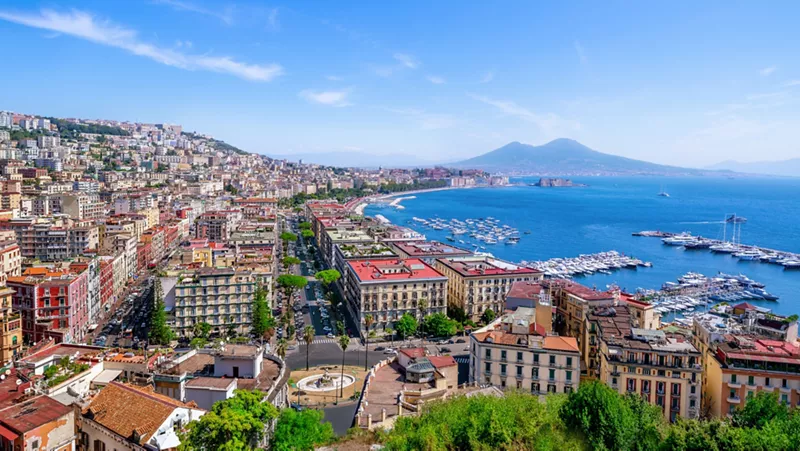
The city of Naples has a thousand faces. At every step, in every alley, on every square, it shows signs of the more than 27 centuries of history that began with the Cumanians in the 8th century B.C. who gave it the name of the siren Partenope. Re-founded by the Greeks before 470 B.C., it was called Neapolis (new city, in fact) from which today's Naples derives.
Thanks to its strategic location, it has always been one of the most important port cities in the Mediterranean. Over the centuries, it has been under the rule of the Byzantine Empire, the Normans, the Swabians and the Angevins, only to increase its splendour during the two centuries of Spanish rule. Naples then became the capital of the Bourbon kingdom and emerged as one of the largest cities in Europe.
Why it is a UNESCO site
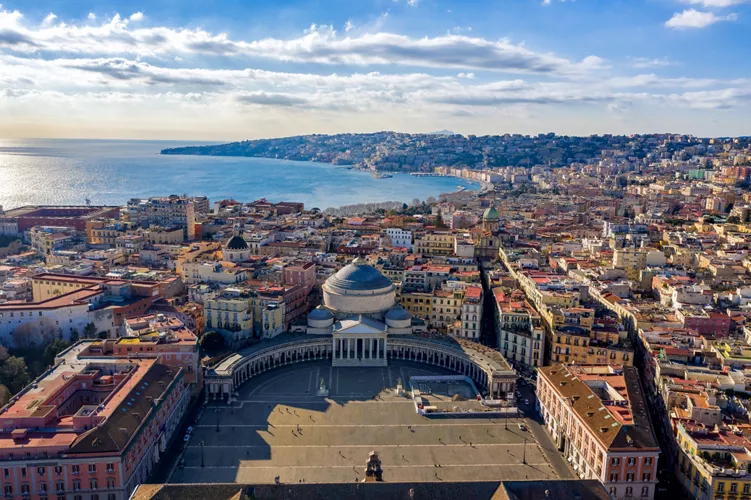
In listing the centre of Naples as a World Heritage Site in 1995, Unesco praised the city for having been, since the Middle Ages, a crucial centre for art and architecture expressed in its ancient fortresses, in its complexes such as the 1600s Royal Palace, in churches and palaces commissioned by aristocratic families.
What to see in the historic centre of Naples
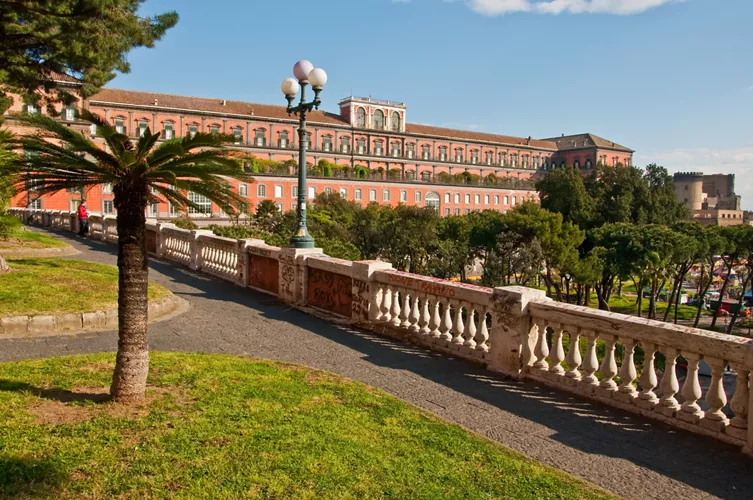
It is easy to get lost among the wonders of the historic centre of Naples, strolling through the streets and alleys in search of treasures. Prepare to walk through a multicoloured, history-rich mess, stopping to sample some of the delicacies the city has to offer.
Piazza del Plebiscito, in the western part of the city centre, welcomes you with the symbolic embrace of the iconic colonnade in which the Royal Papal Basilica of San Francesco di Paola is set, one of the most important examples of Neoclassical architecture in Italy, which is well worth a visit for its magnificent interiors. On the opposite side of the square stands the imposing Royal Palace, the historical residence of the Spanish viceroys. The complex includes the picturesque gardens, the Vittorio Emanuele III National Library with over 1 million volumes and the San Carlo Theatre. Founded in 1737, the San Carlo is the oldest opera house in the world still in operation.
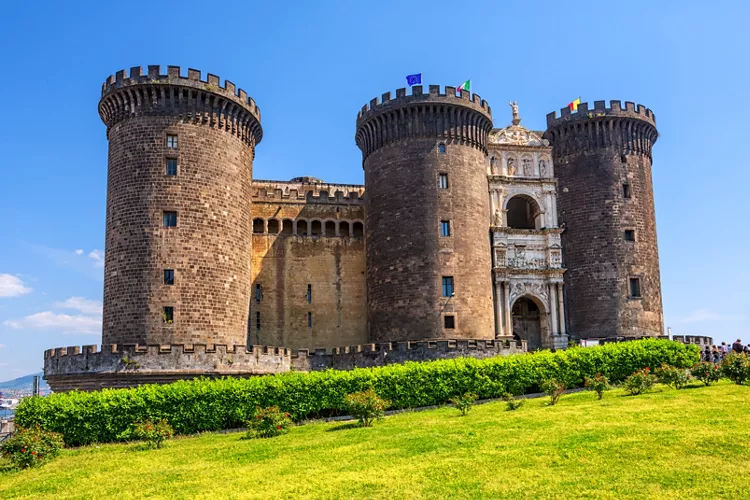
Lose yourself along Via Toledo, one of the most important streets in Naples and one of the main commercial thoroughfares. Built alongside the ancient city walls in 1536, it connects Piazza Trieste e Trento with the imposing Piazza Dante, crossing the city from north to south.
Just a few steps away, is a great example of Neapolitan splendour during the Middle Ages. Castel Nuovo, known as Maschio Angioino, is the city's landmark mediaeval and Renaissance castle. Home to the Civic Museum, brimming with works of art and evidence of the city's history.
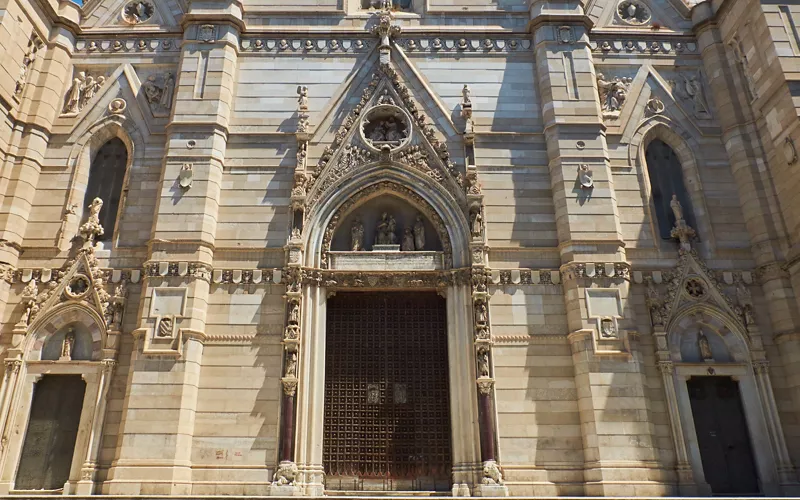
The Cathedral, the name given to the Metropolitan Cathedral of Santa Maria Assunta, is a glorious example of Gothic, Baroque and Neo-Gothic architecture and one of the most important religious buildings in the city. On the inside, you cannot miss the Museum of the Treasure of San Gennaro, which preserves sacred and valuable objects related to the cult of San Gennaro. The Saint's relics are venerated here, which is where, three times a year, Neapolitans witness the ritual of liquefaction
Close by is another of Naples' treasures, the Sansevero Chapel Museum which hosts the Cristo Velato by Giuseppe Sanmartino, one of the most striking sculptures in the world: a single block of marble which was carved in 1753, depicting the lifeless body of Jesus on which a transparent shroud seems to lie. Walk down Via di San Gregorio Armeno in the same area, and lose yourself among the many craft shops selling cribs.
Pay a visit to the neighbour Pio Monte della Misericordia to explore the small church and the museum inside, to be amazed by the Sette opere di Misericordia canvas by Caravaggio, among the most important paintings of 17th century Italy.
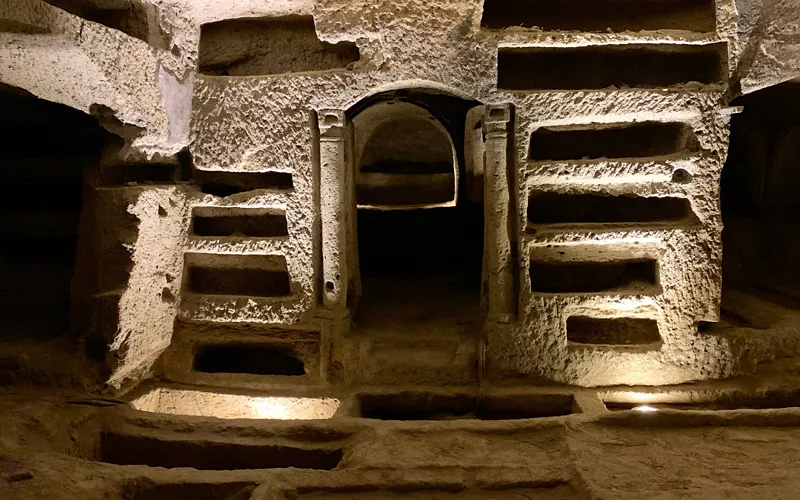
In Piazza del Gesù Nuovo stands the Baroque obelisk of the Immacolata, the last of the three great obelisks (or spires) of Naples, together with that of San Gennaro, in Piazza Riario Sforza, and that of San Domenico, in Piazza San Domenico Maggiore. The ancient Monumental Complex of Santa Chiara is just a few steps away. Built from 1310 onwards, it is a splendid Franciscan citadel. But the most beautiful part is the cloister covered in brightly coloured 18th-century majolica. If you visit the centre of Naples, you cannot miss the basilica of San Lorenzo Maggiore, one of the oldest in the city, with its monumental complex and 15th century bell tower. The church of San Domenico Maggiore, on the other hand, is a splendid example of Gothic-Angevin architecture. Also not to be missed is underground Naples, with the ancient catacombs of San Gennaro dating back to the 2nd century AD.


